Nutrition and Food Science
Food and Consumer Education (Lower Secondary)
Through Food and Consumer Education (FCE), we aim to equip students with knowledge about dietary health, so that they learn about the benefits of a balanced meal and could be more discerning in choosing nutritious food for good health. Students will also learn food management and culinary skills in order to be self-sufficient in planning and preparing healthy meals for themselves and their families. At the same time, students will learn basic principles of consumer education to manage their resources and understand consumer rights and responsibilities.
Nutrition and Food Science (Upper Secondary)
In Nutrition and Food Science (NFS), we aim to develop students’ understanding of the concepts of nutrition and meal planning. Students also learn the principles of food science, and more advanced knowledge and skills to make informed decisions concerning food and nutrition.
Approaches
The inquiry-based learning model for teaching FCE and NFS is a cyclical process where students’ engagement with a question or topic leads to intellectual exploration. This eventually leads to an explanation of the feature or process in the question and further leads to the application of their ideas. This process develops the students’ understanding and involved them in their own learning.
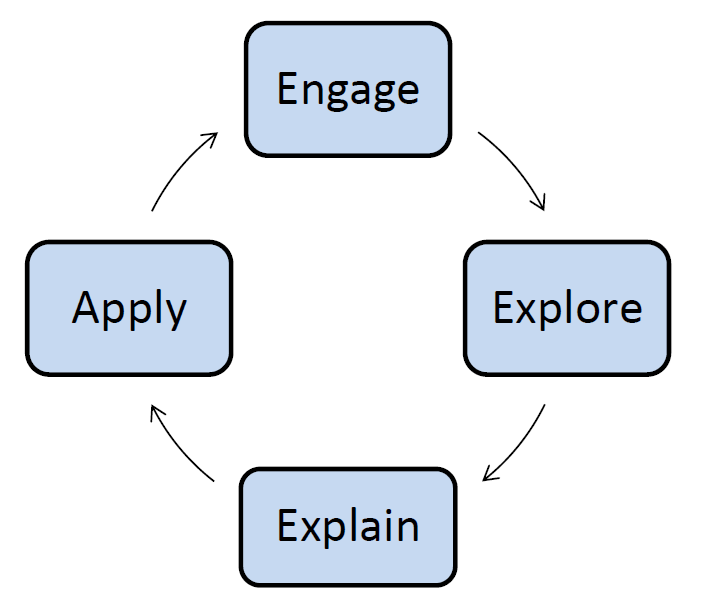
An Inquiry Activity on Sensory Evaluation
“I prefer Brand A biscuit because it is crispier and less salty compared
to Brand B.”
“This smells familiar! I felt that I was back to my childhood.”
Ever have such thoughts in your mind? This is sensory evaluation! In FCE, the Secondary Two students have the opportunity to participate in a station-based activity to find out who has the best sense of taste and sense of smell among them. There are four stations which require students to taste different food items based on triangle test1, ranking test2 and rating test3 and identifying different ingredients in the mysterious cups4. The teachers have designed this inquiry based activity to develop the curious learner and help our students connect the learning between textbook content and real-life experiences.
Station 1: Triangle test
Aim: To find out the odd sample among three cornflake samples.
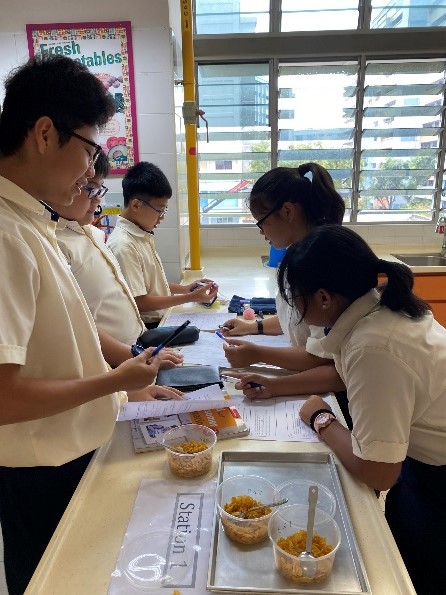
|
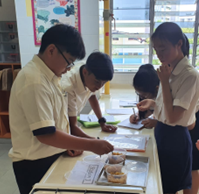
|
Station 2: Ranking test
Aim: To rank the lime juice samples based on level of sourness.
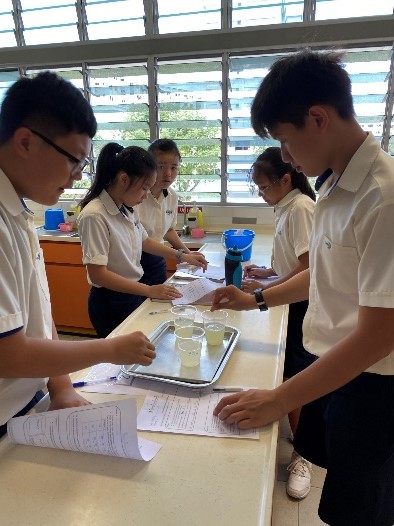
|
Station 3: Rating test
Aim: To rate the raisin samples based on a 7-point Likert scale.
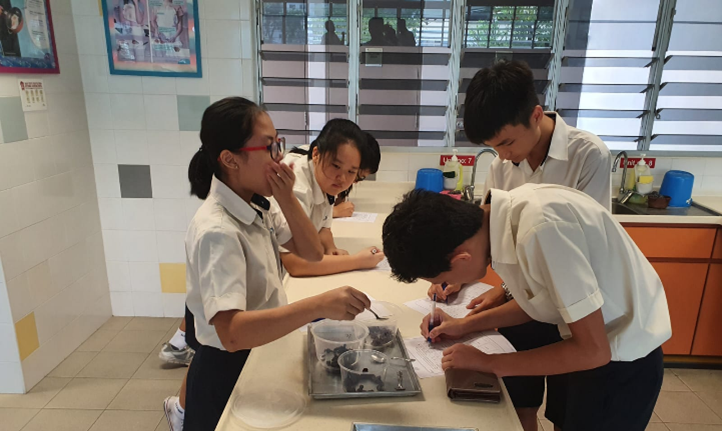
|
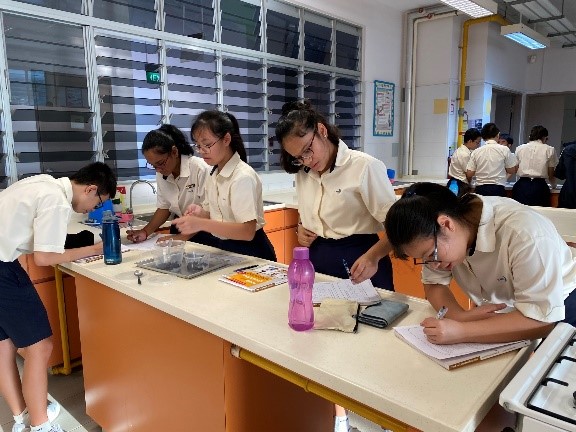
|
Station 4: Mysterious cups
Aim: To identify the ingredient hidden in each of the cups.
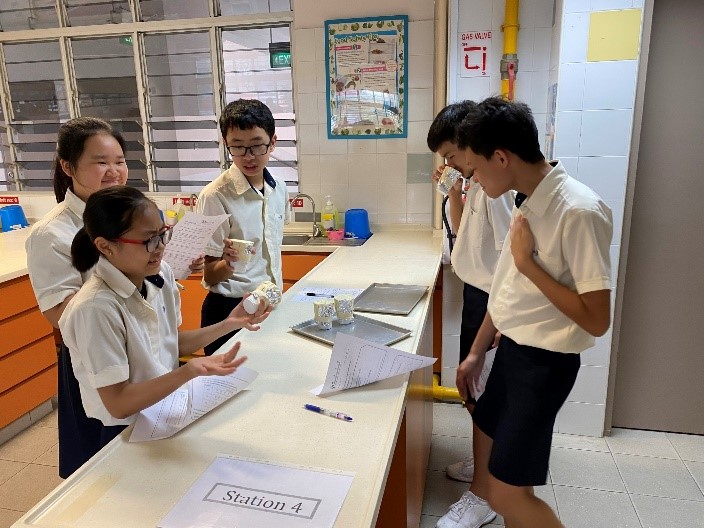
|
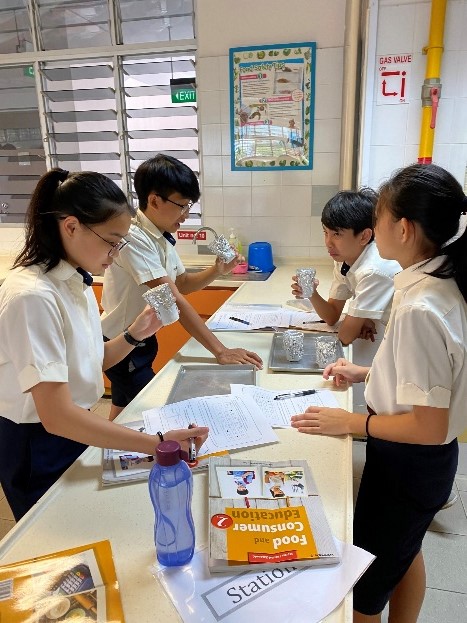
|
Learning about food sustainability
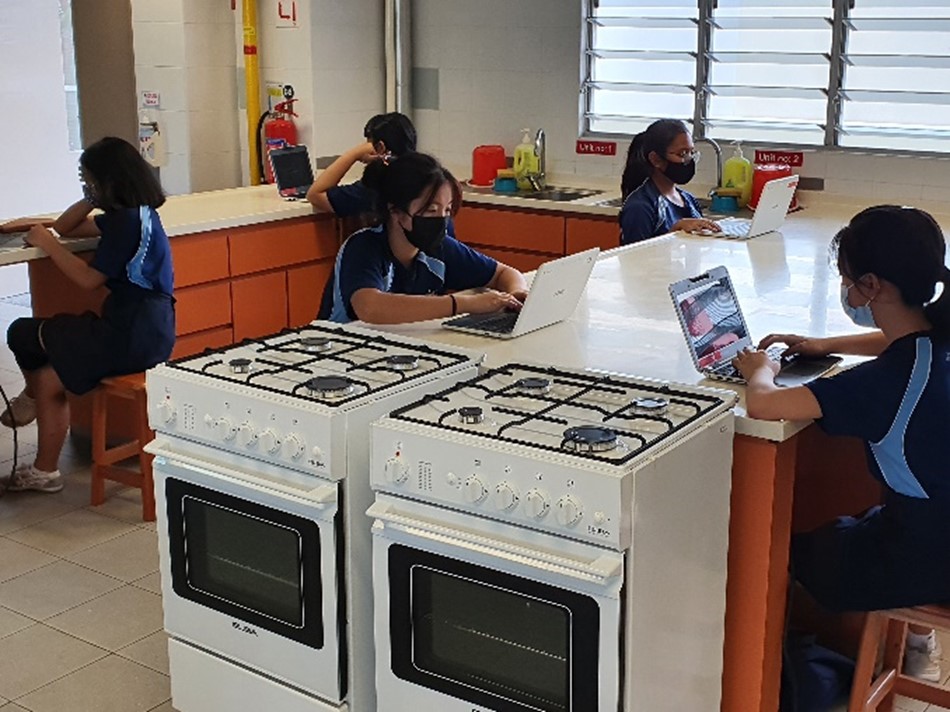
|
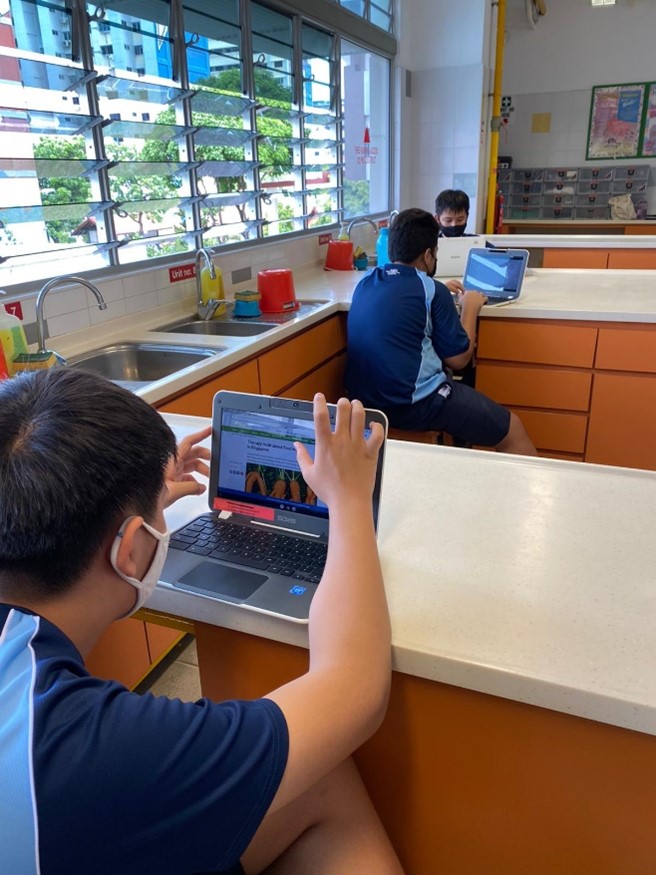
|
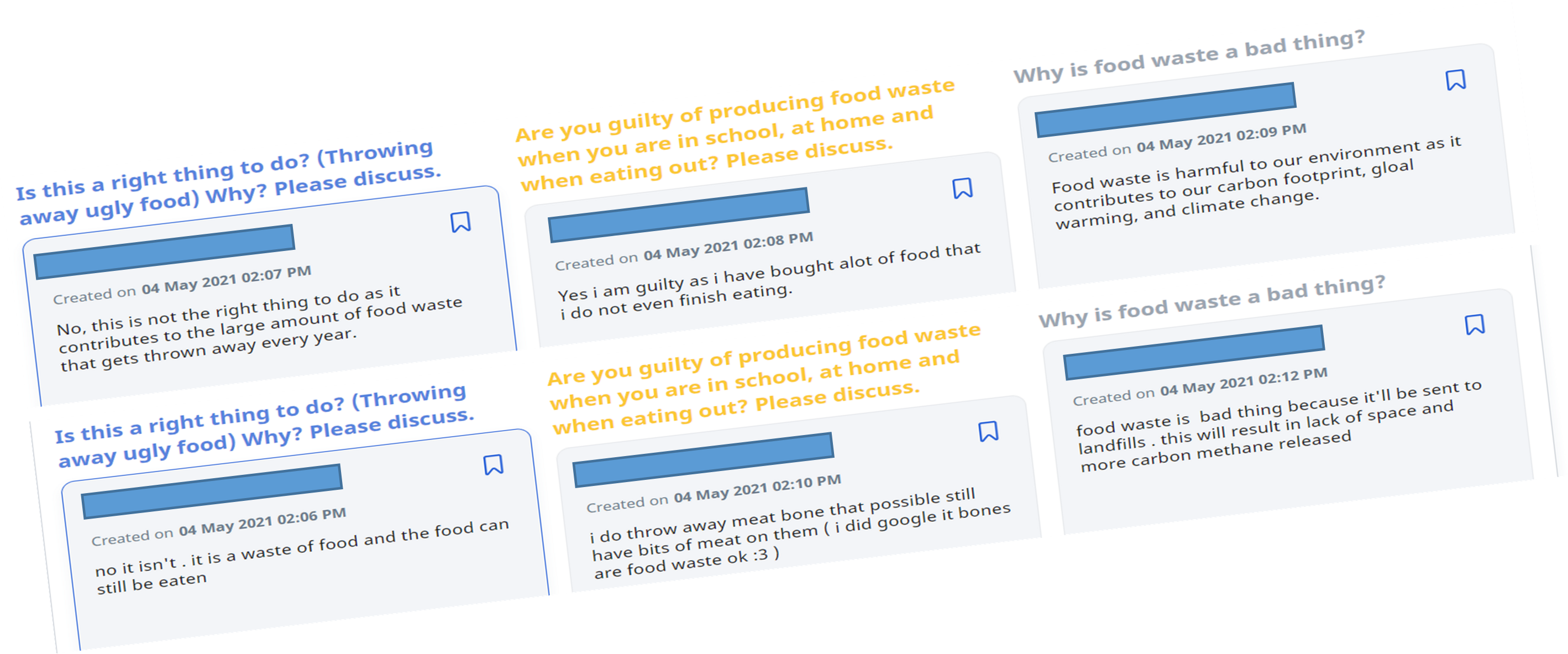
|

|
Honing their culinary skills
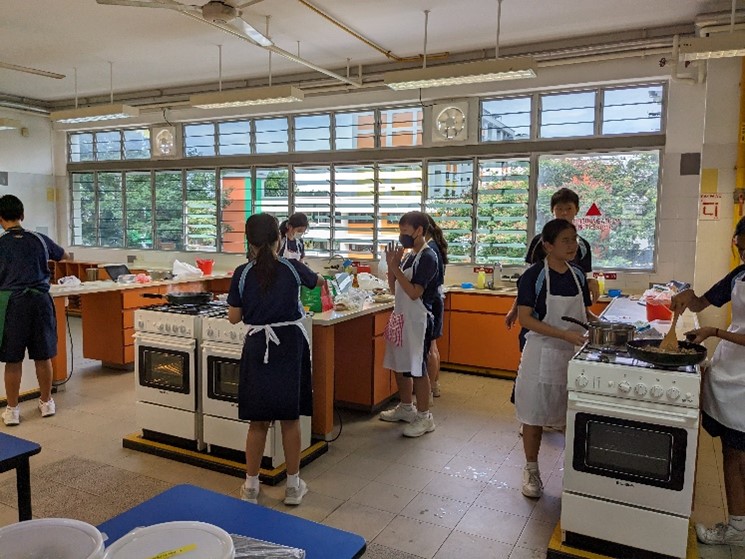
|
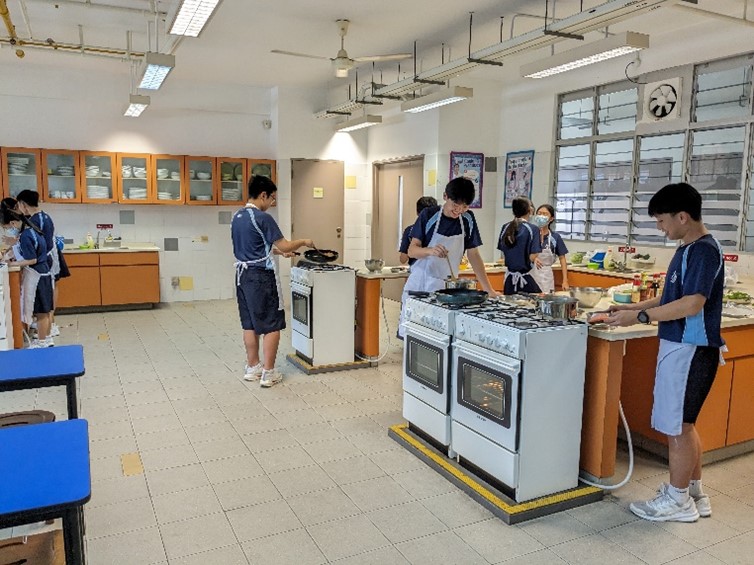
|
Showcasing the finished products
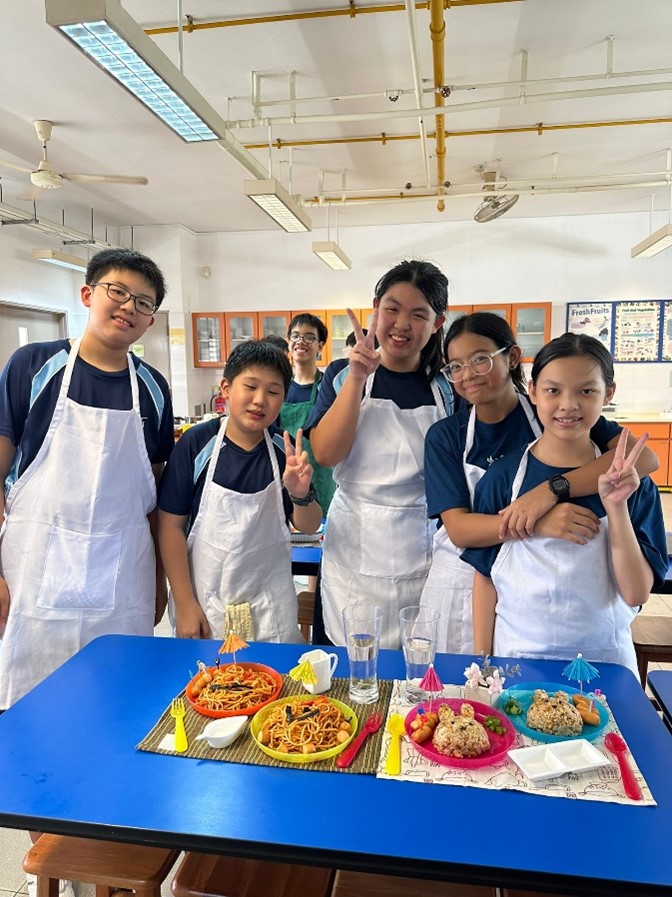
|
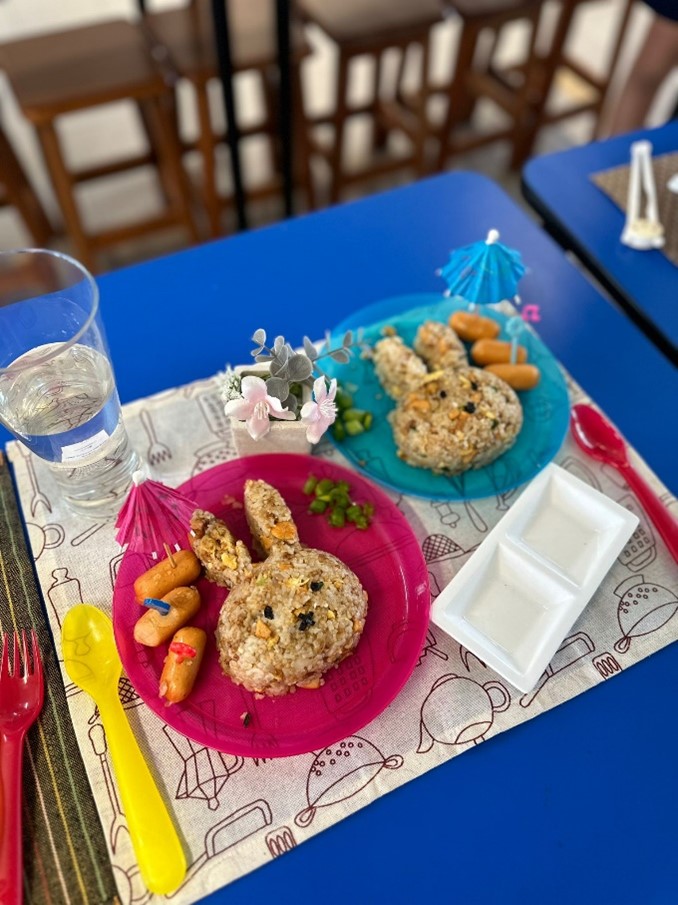
|
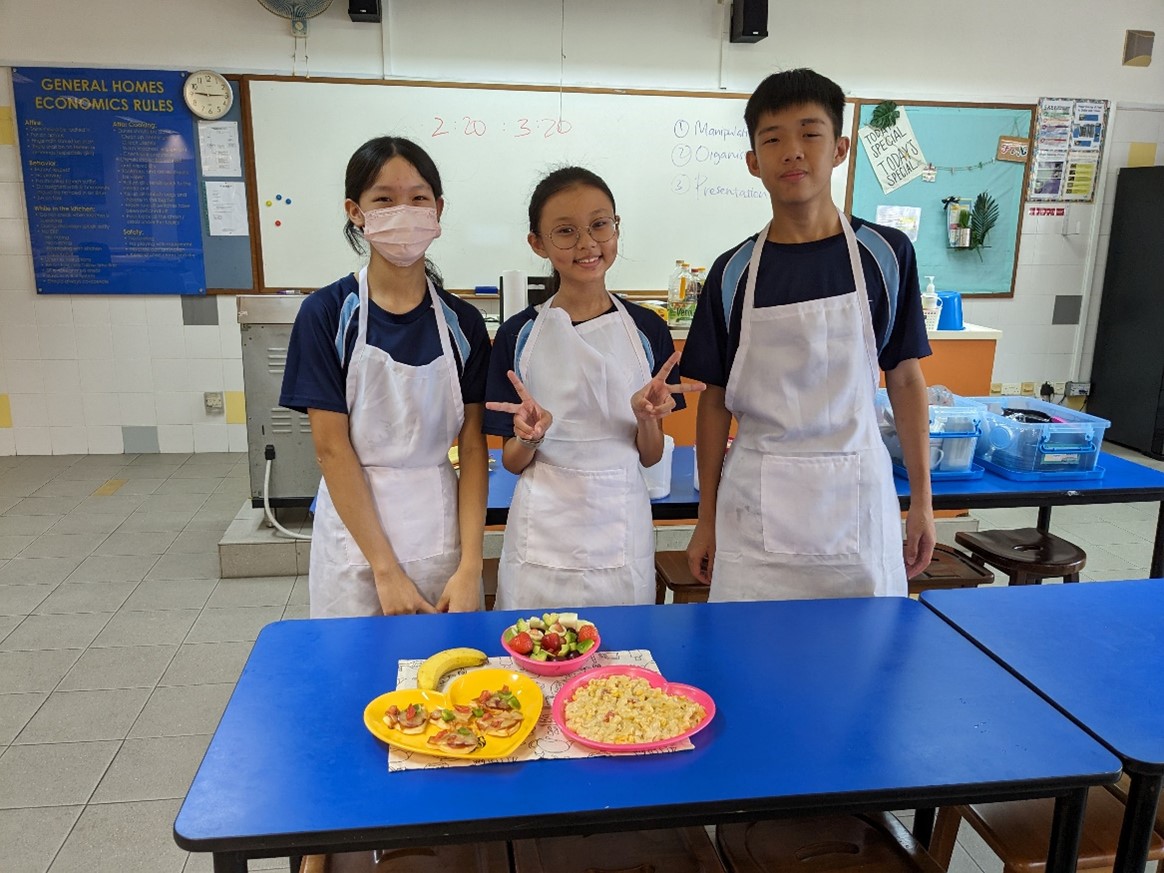
|
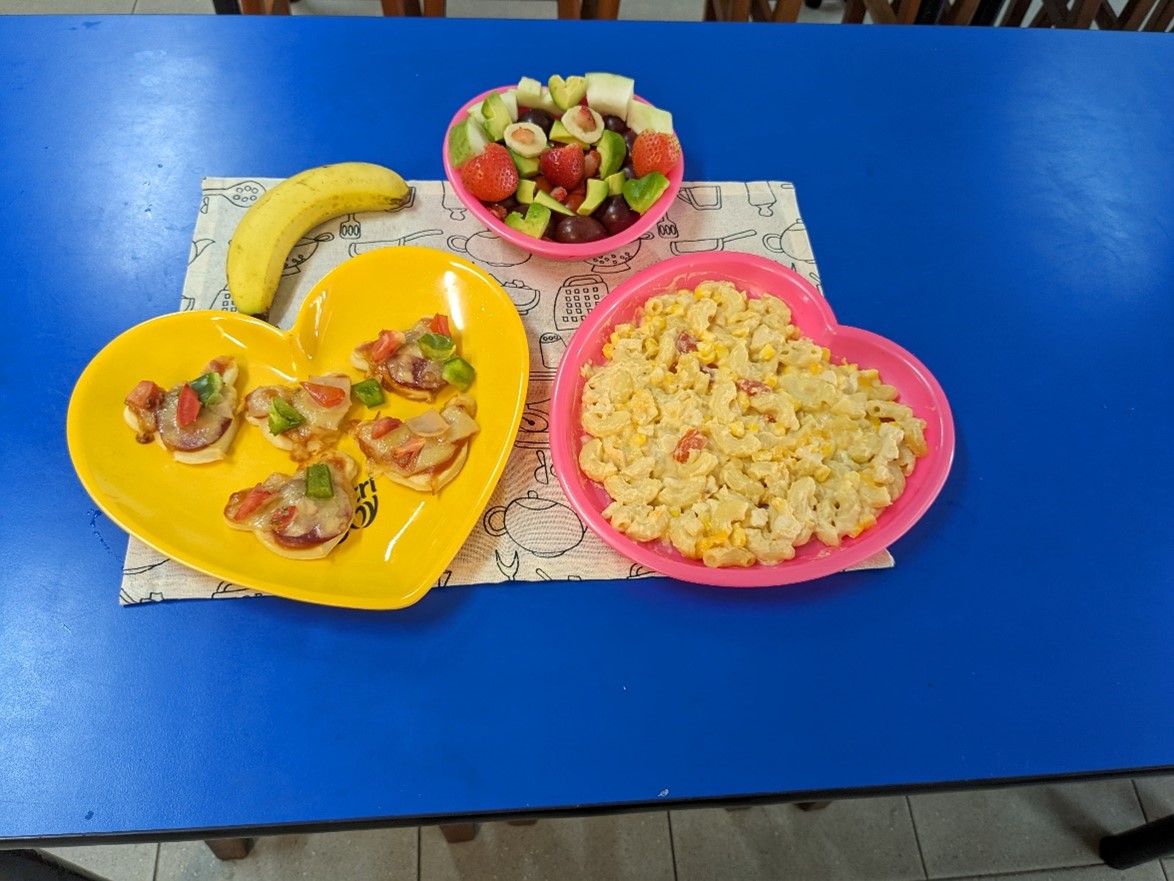
|
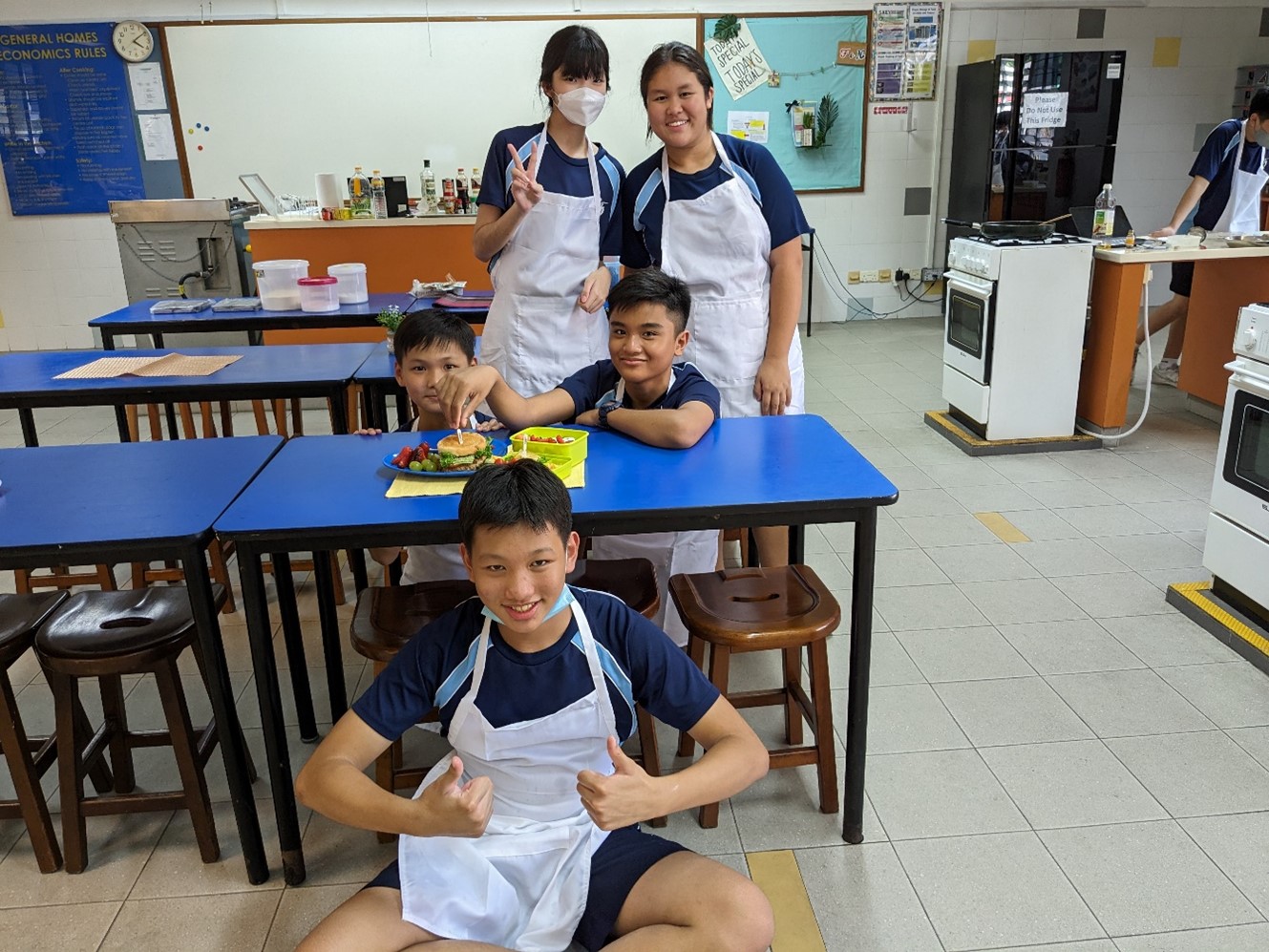
|
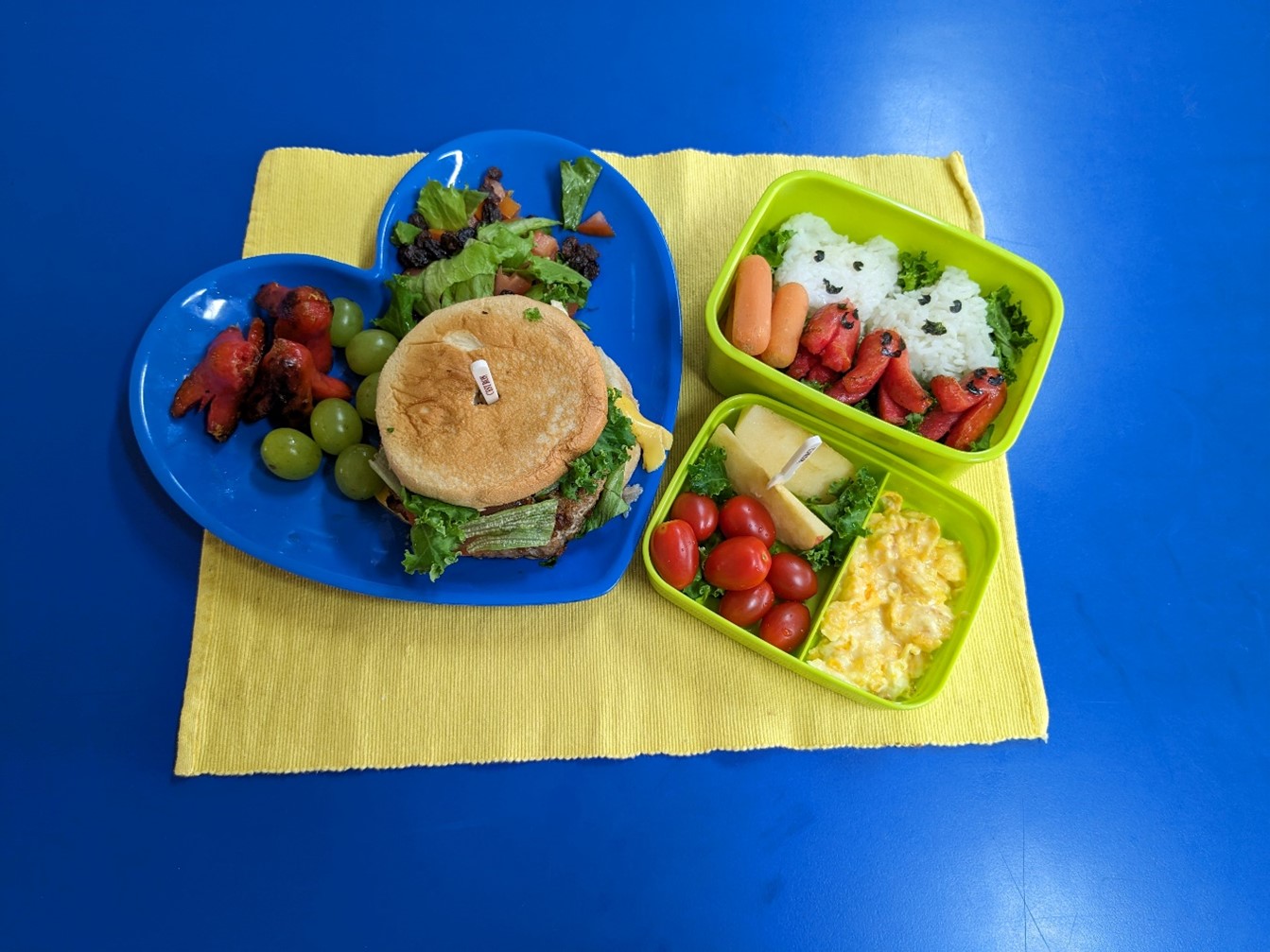
|
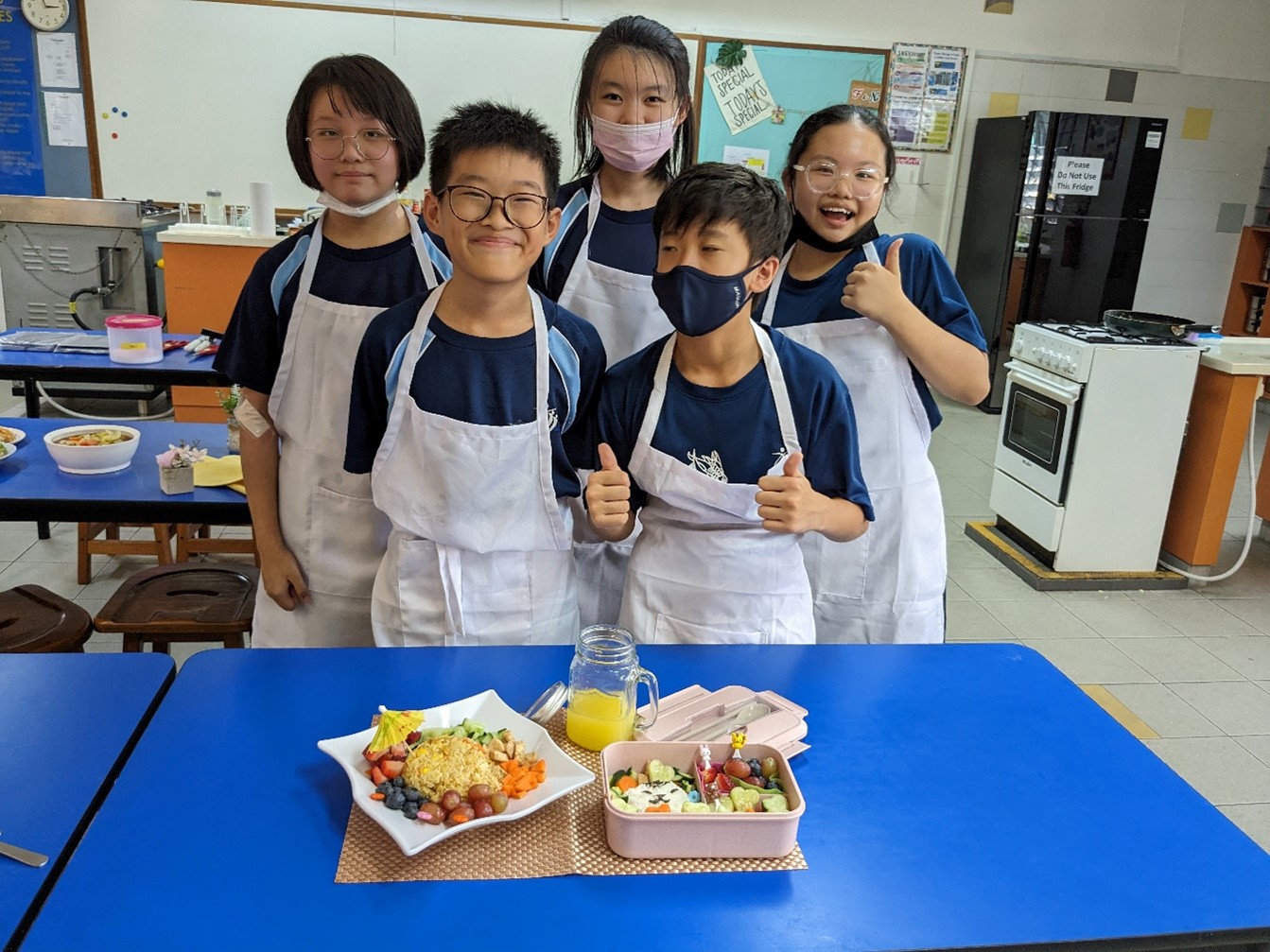
|
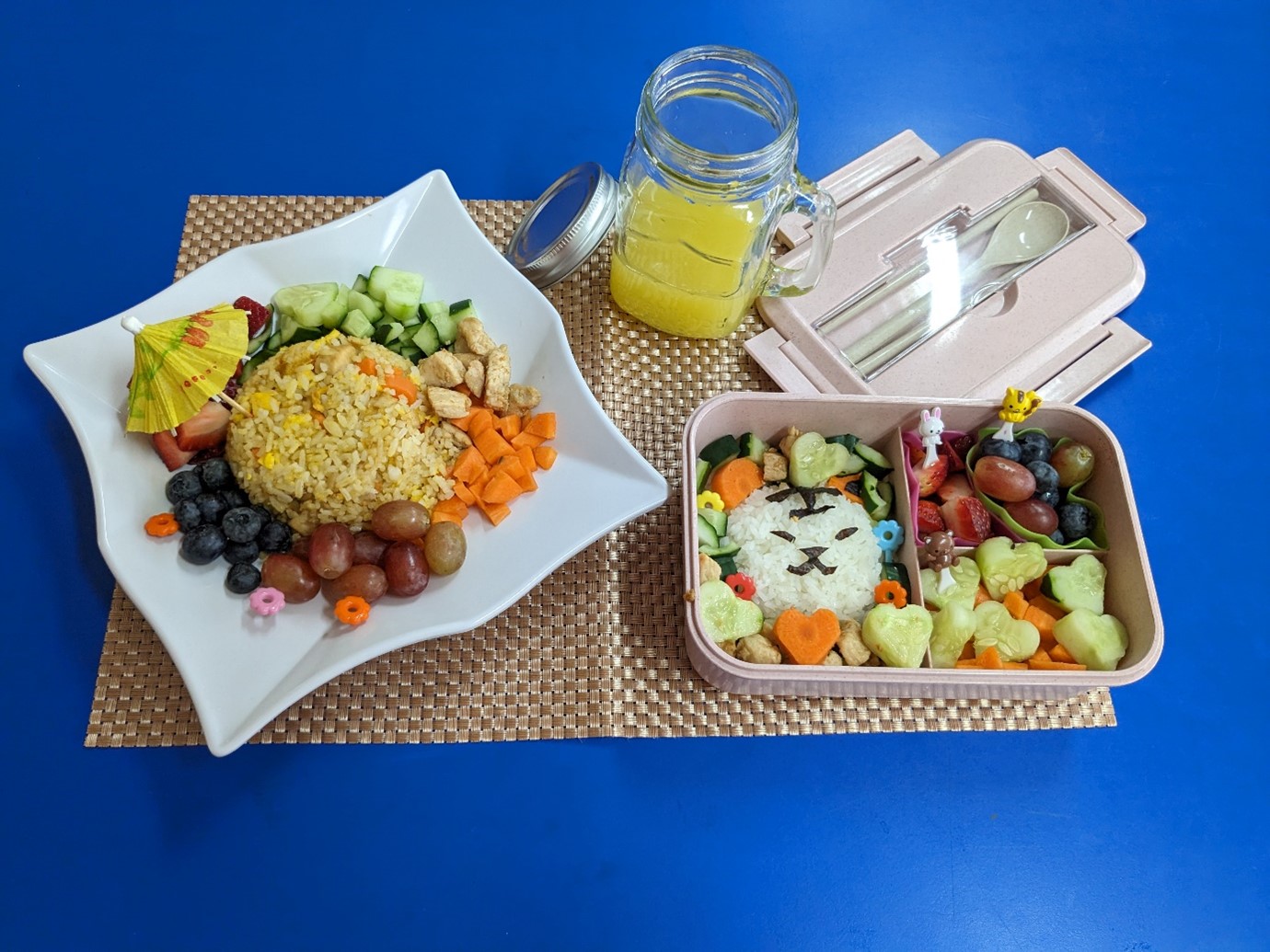
|

